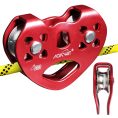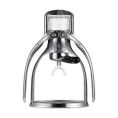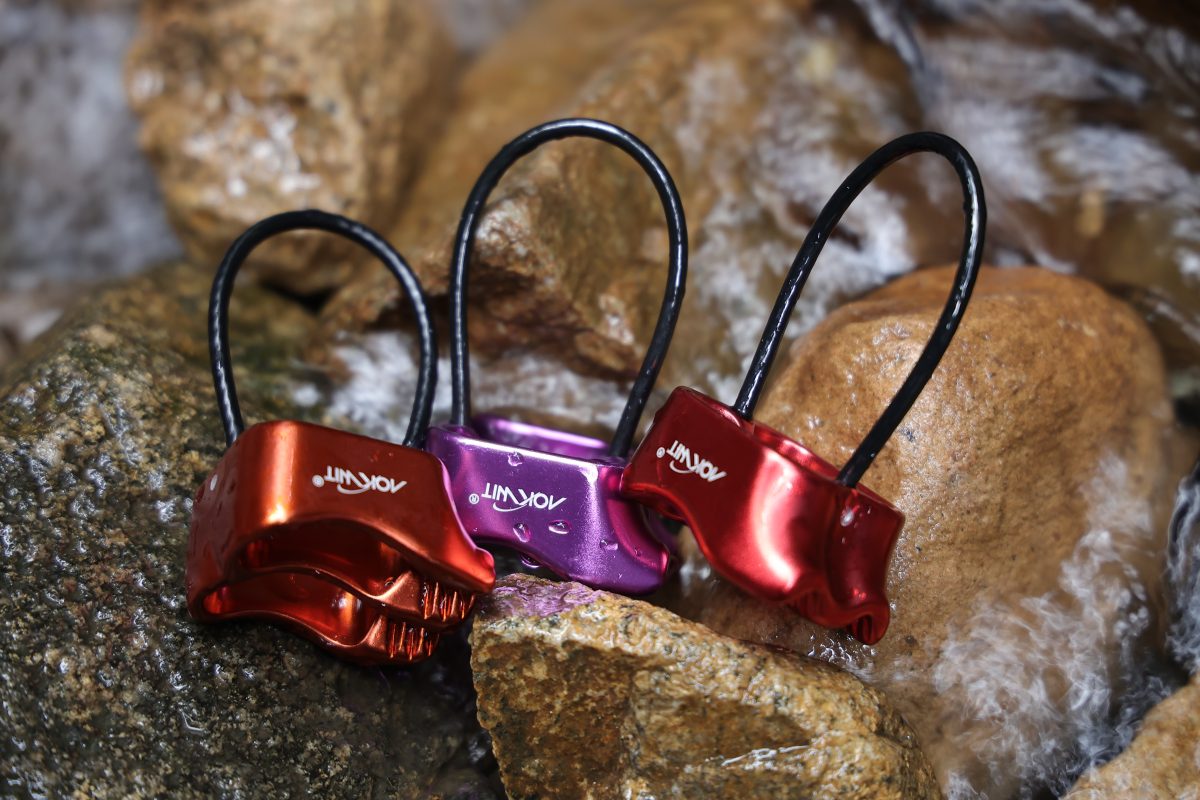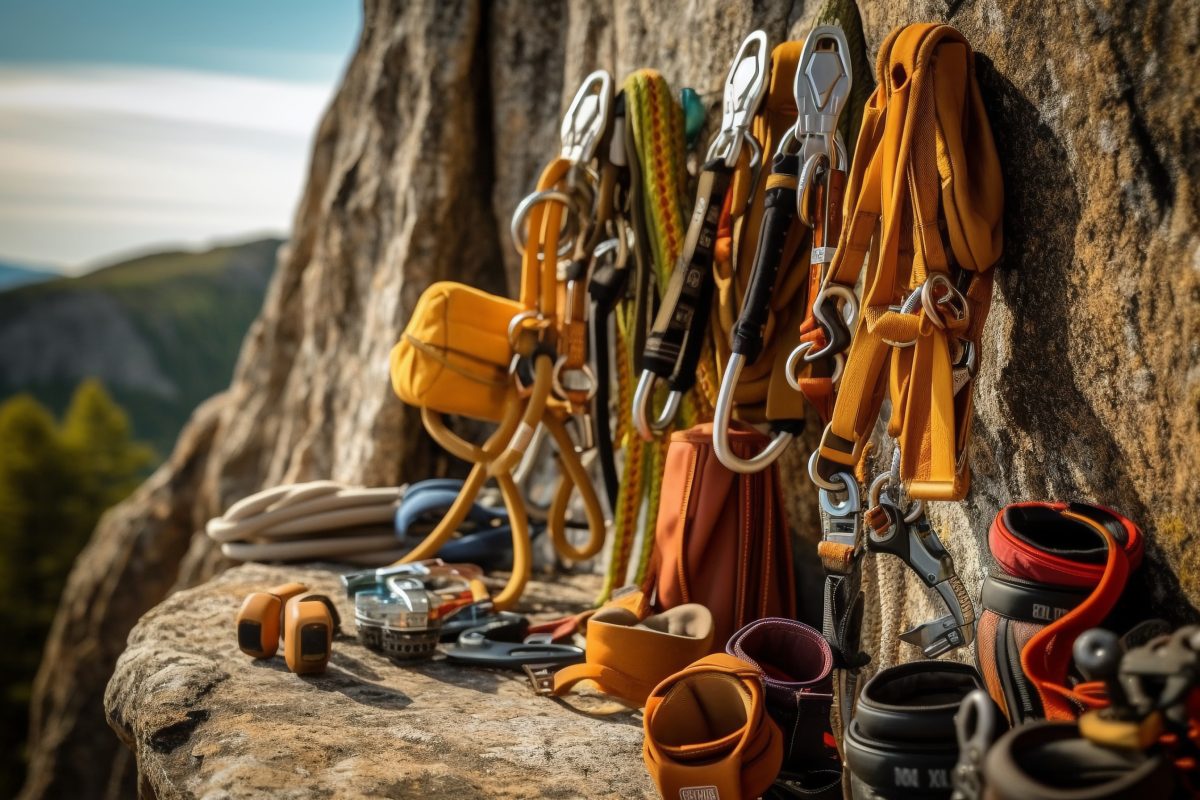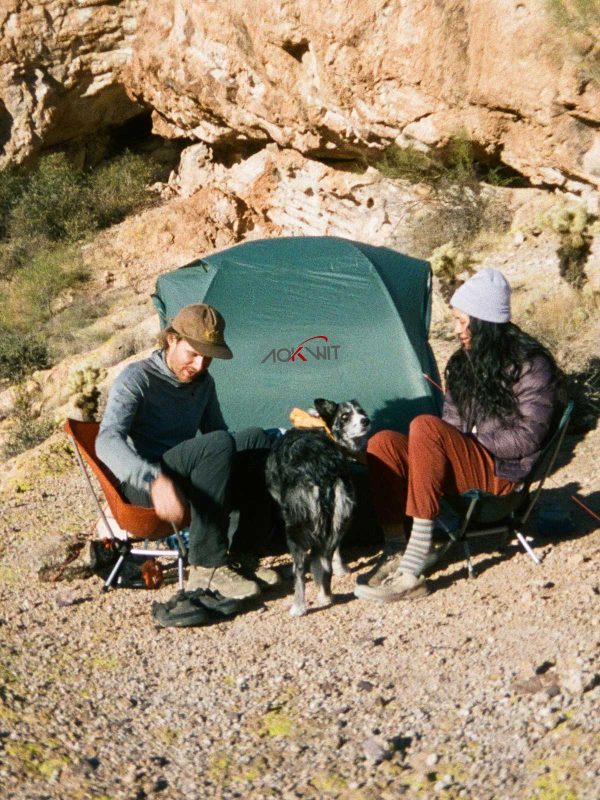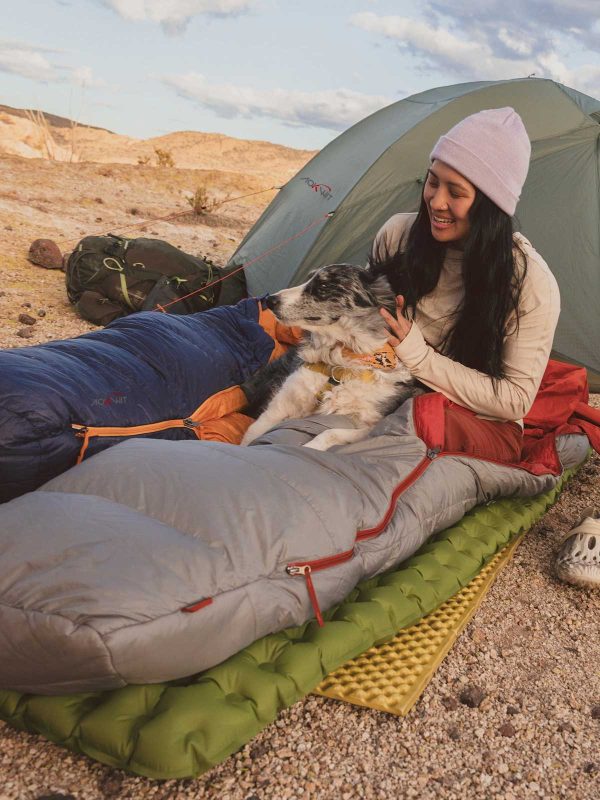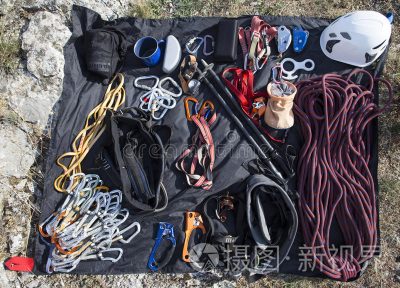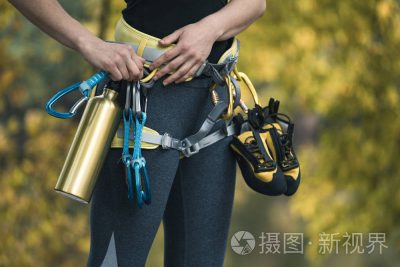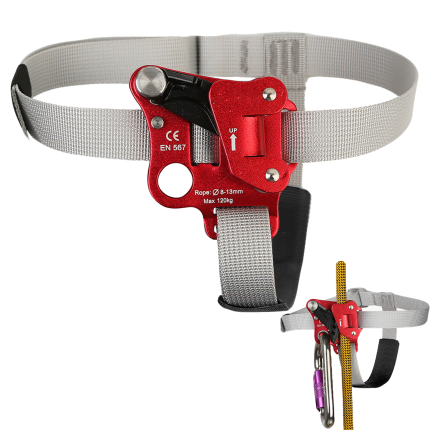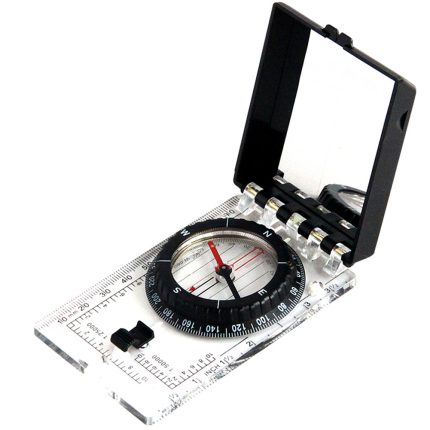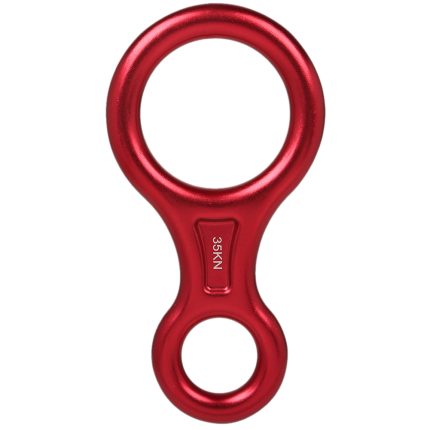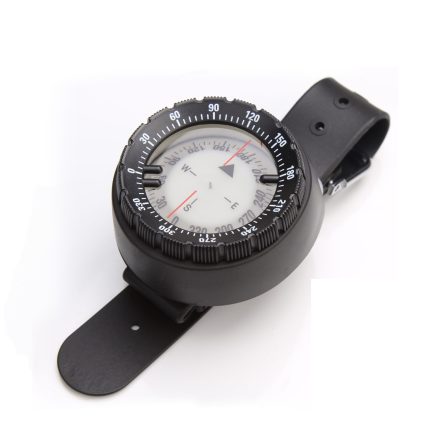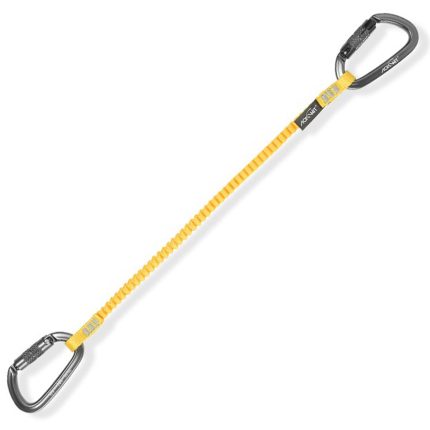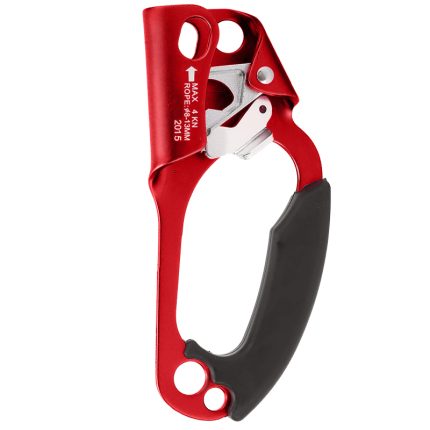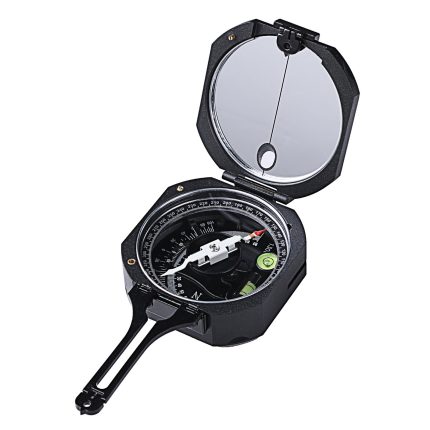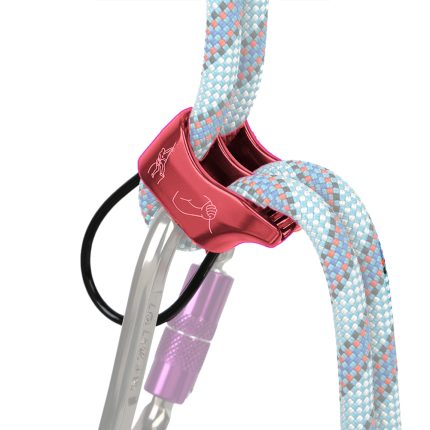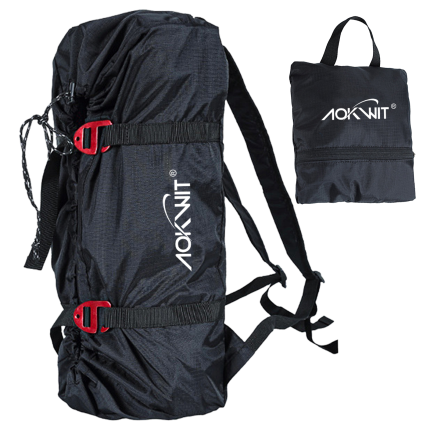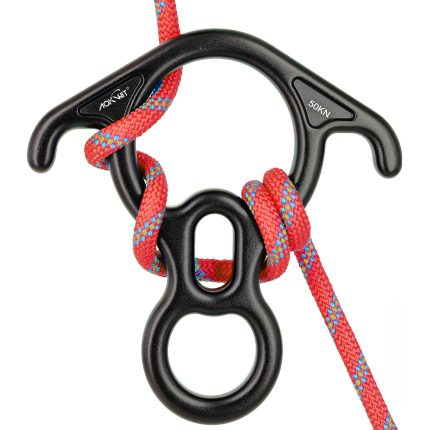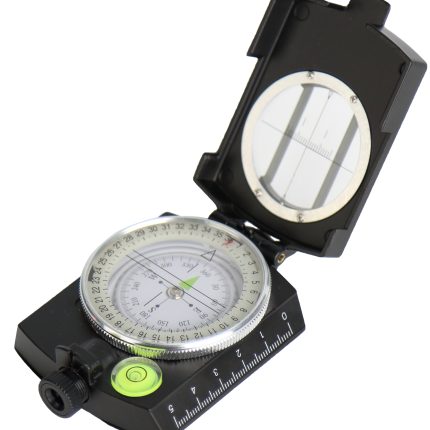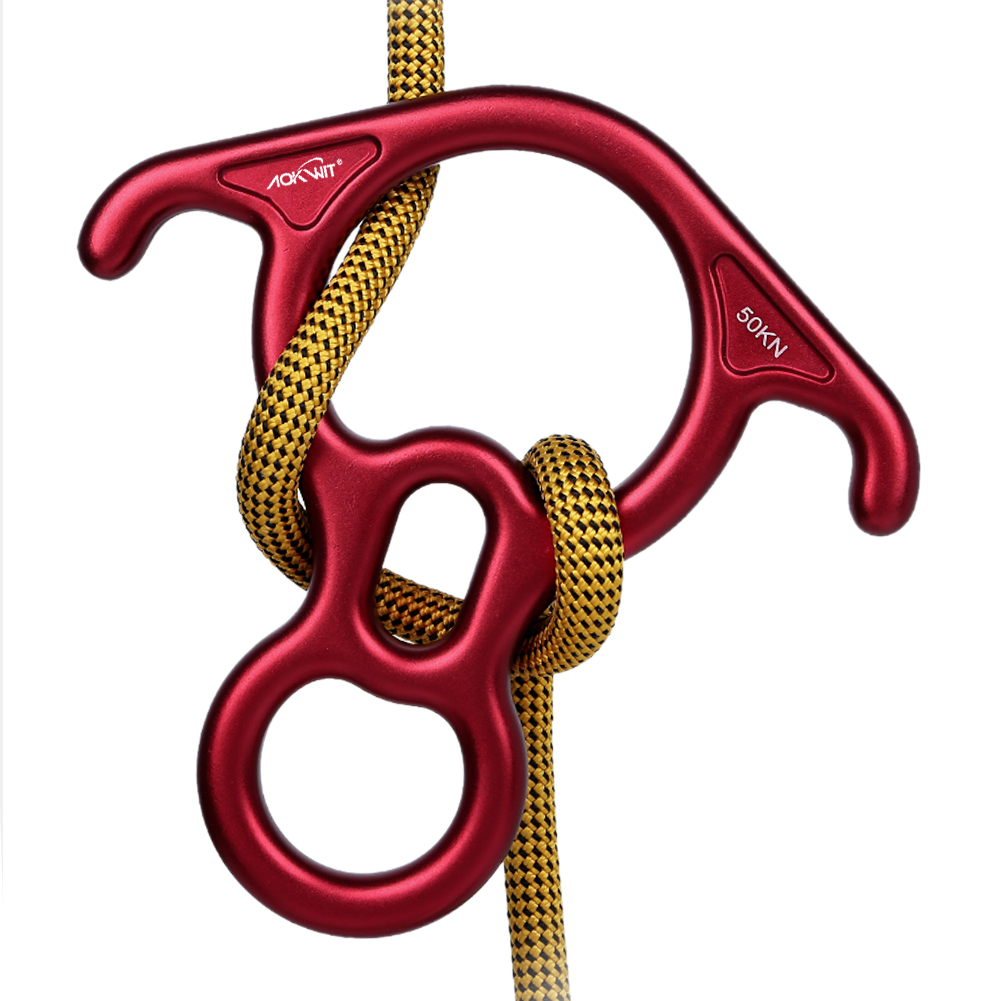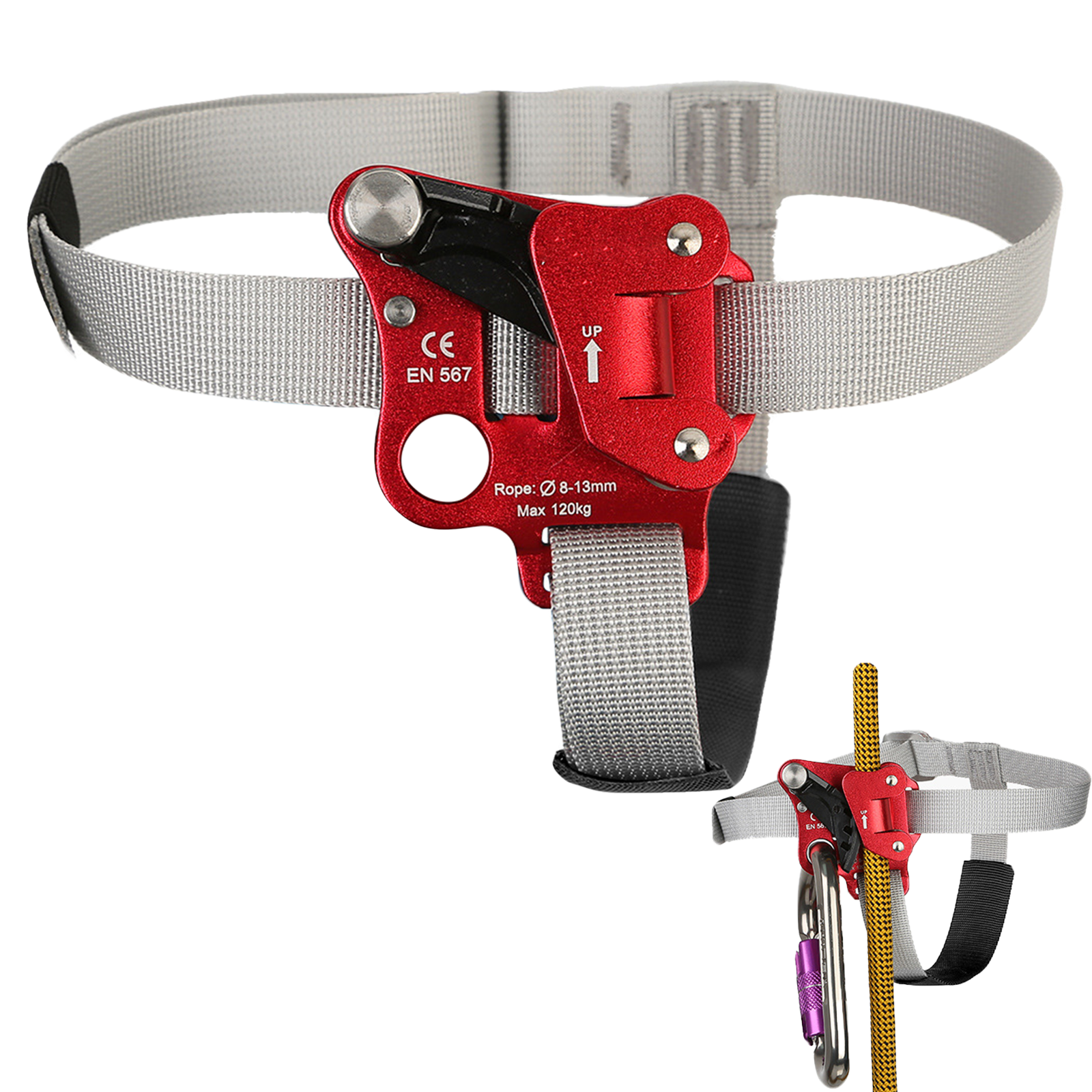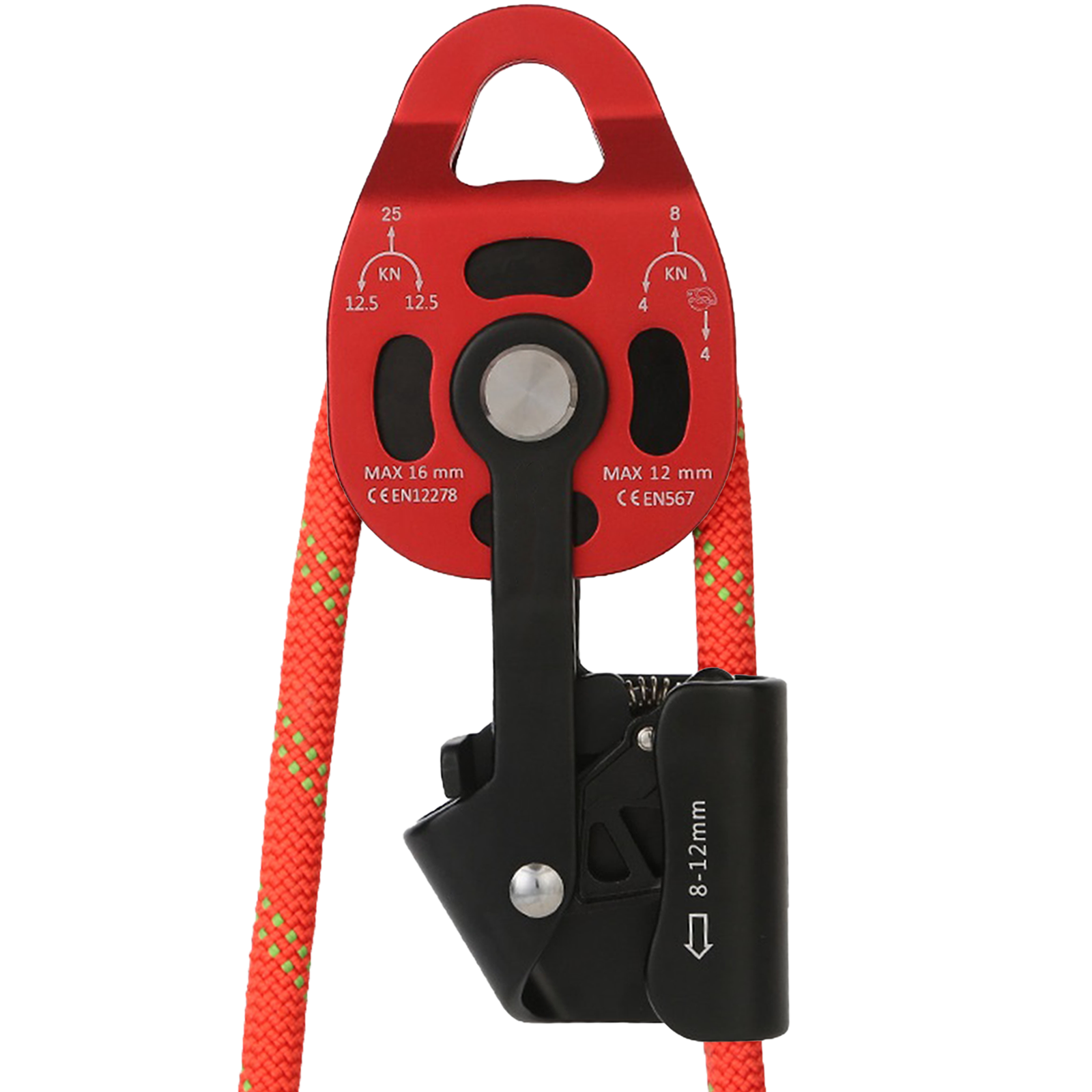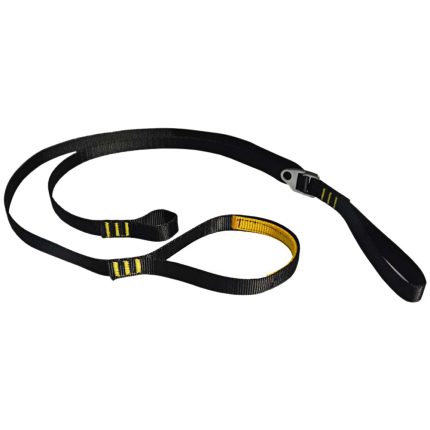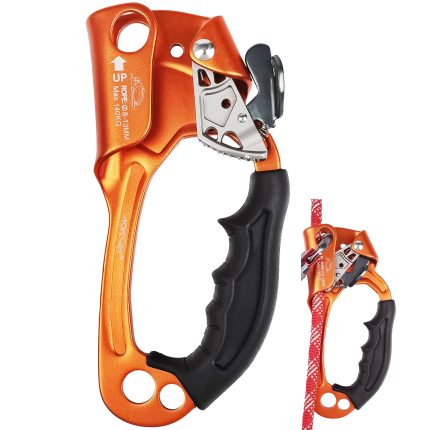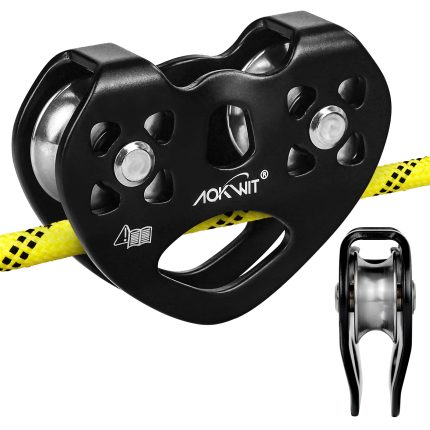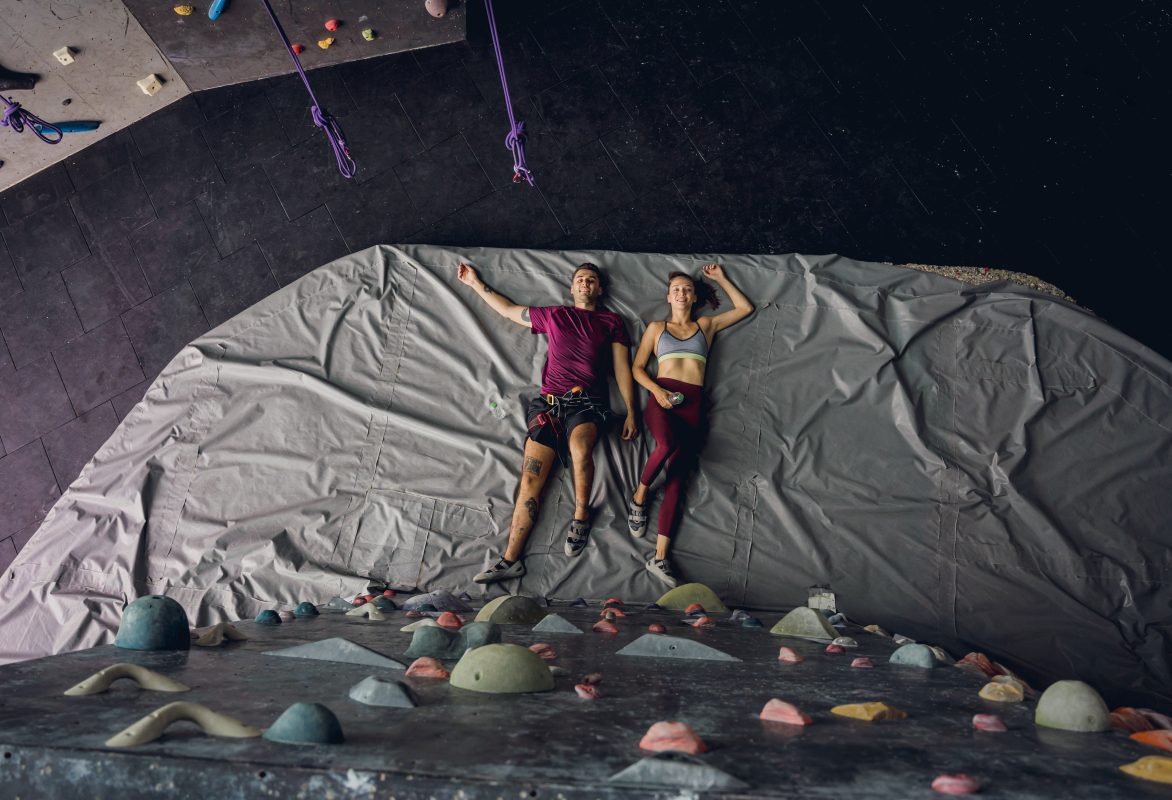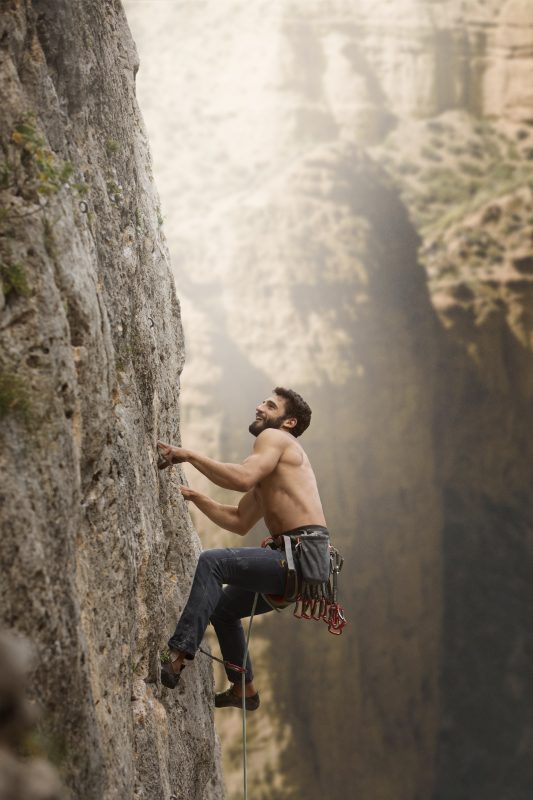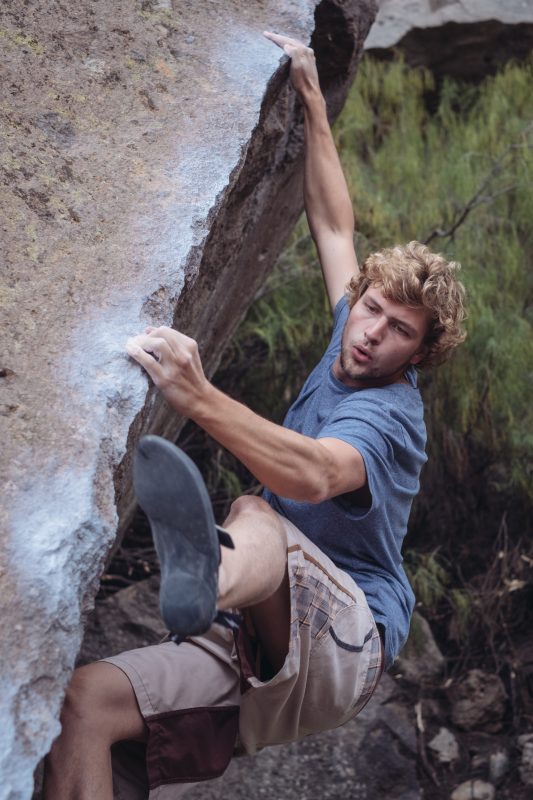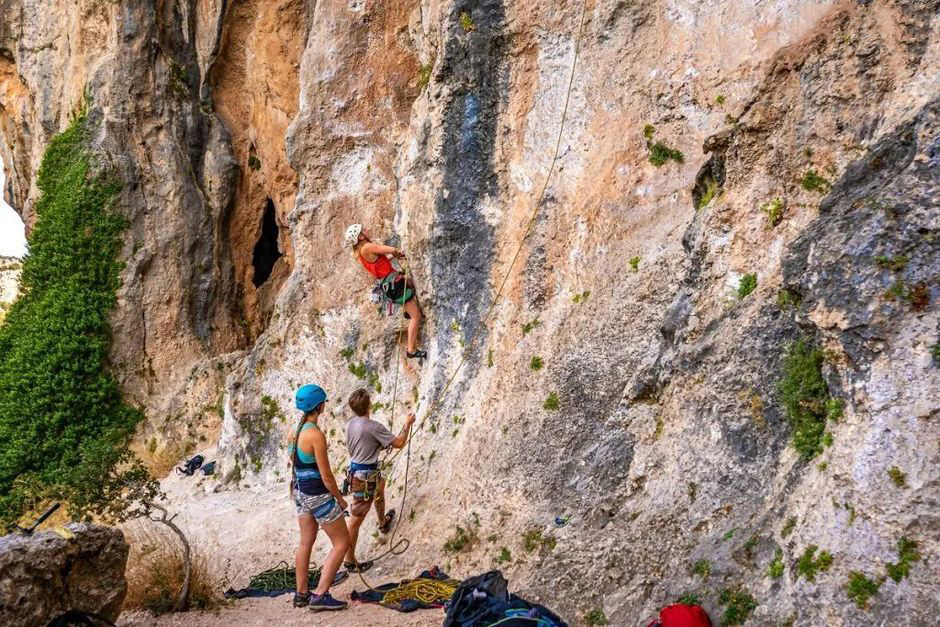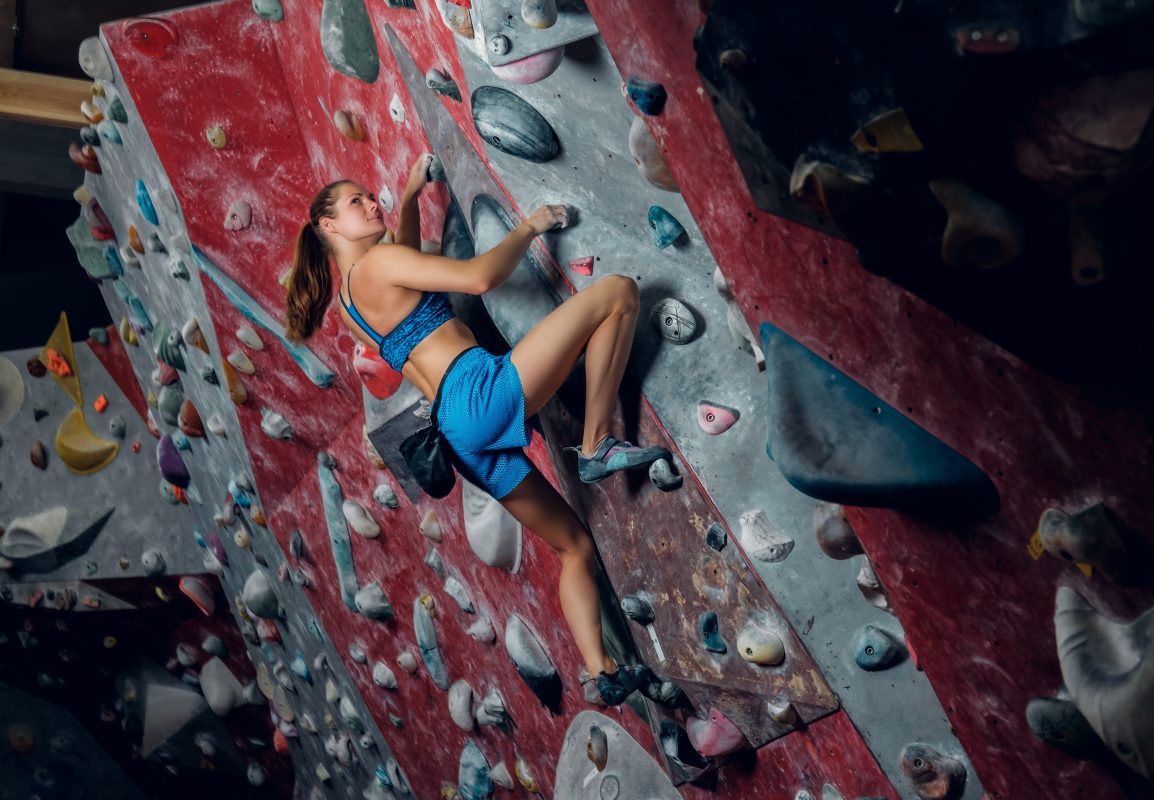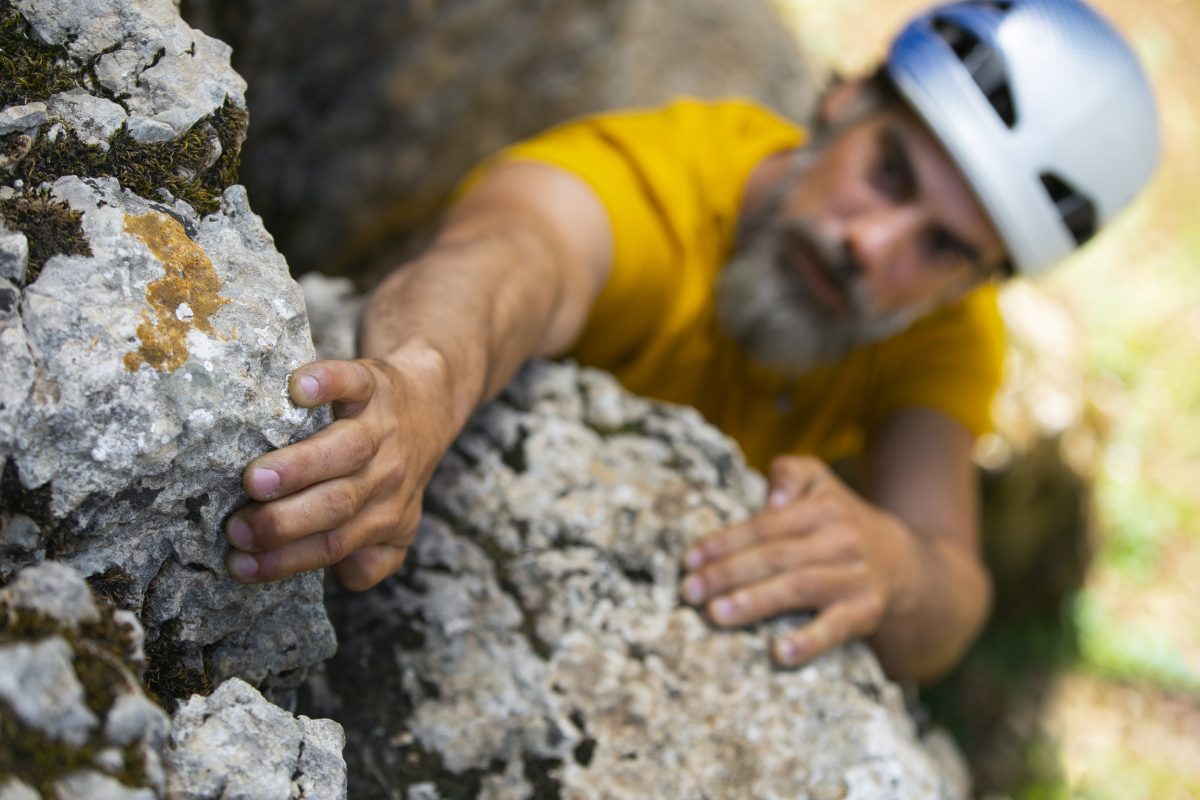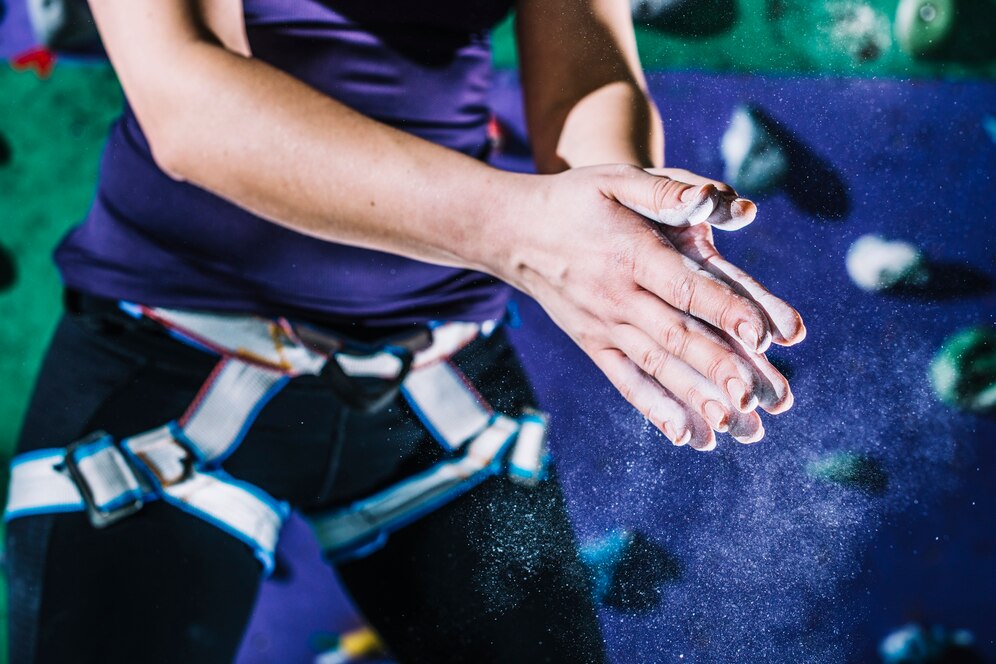Footwork Techniques in Artificial Rock Climbing

Rock climbing requires full utilization of the strength of the legs and feet.
To reach a certain level of proficiency, climbers must master the use of their lower limbs. The legs possess significant load-bearing capacity, explosive power, and endurance, making them critical for effective climbing.
Climbers typically wear specialized climbing shoes. These shoes feature soles made of hard rubber with a slightly thicker forefoot, a body constructed from durable leather, a pointed toe design, and high-friction soles.
With such shoes, even a foothold as narrow as 1 cm can securely support the climber’s full weight.
When purchasing climbing shoes, it is essential to avoid buying oversized pairs.
The shoes should fit snugly, with the big toe curled inward and unable to extend. Tighter shoes provide greater stability during exertion.
Some competitors even use hooks to force their feet into the shoes during competitions. Beginners often choose overly large shoes, which later result in loose fits and reduced power transfer.
A climbing shoe can contact a foothold in 4 specific areas:
- The very front tip of the shoe
- The inner edge of the toe (big toe side)
- The outer edge of the toe (fourth toe side)
- The back heel edge (primarily used for hooking during overhangs)
Only about one finger’s width of the shoe should engage the foothold. Placing the entire foot on the hold is discouraged, as minimal contact allows the foot to pivot or adjust for maneuvers like foot swaps or body rotations.
Foot swapping is a fundamental technique frequently employed in climbing.
Beginners often incorrectly perform this move by forcefully pushing off with the front foot, leaping, and landing the rear foot on the original foothold.
While this appears efficient, it strains the fingers, disrupts balance, and becomes impractical on high footholds.
The correct method prioritizes stability and minimizes strain on the hands.
For example, when transitioning from the right to the left foot:
- Lift the left foot above the right foot.
- Rotate the right foot counterclockwise (viewed from above) using the far right edge of the foothold as the pivot.
- Shift the left foot into the vacated left side of the foothold while maintaining weight on the right foot.
- Transfer weight to the left foot as the right foot smoothly withdraws.
The motion should flow seamlessly, as if the feet are gliding. Throughout the process, the legs bear the body weight, while the hands fine-tune balance.
Additionally, feet are not always required to stay on footholds. At times, extending one leg freely helps adjust the body’s center of gravity, ensuring stable weight transfer to the supporting foot.
